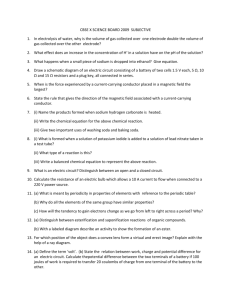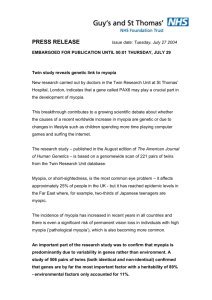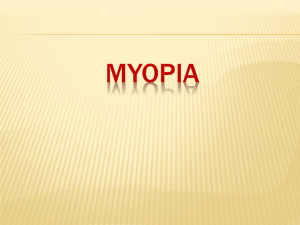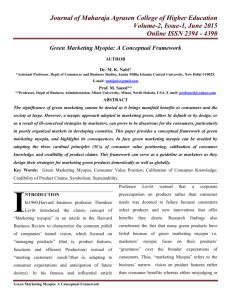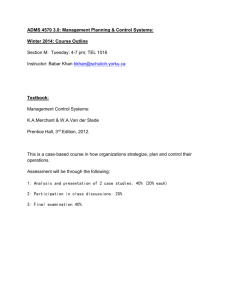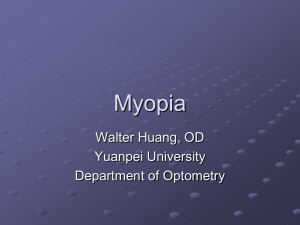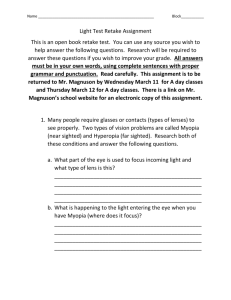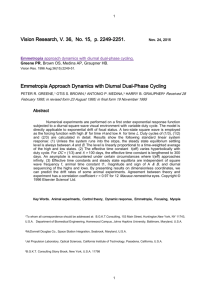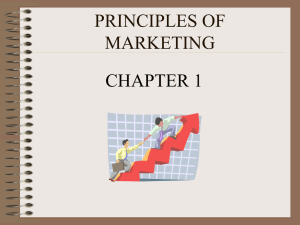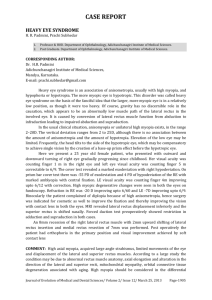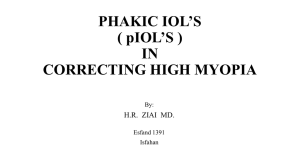outline31404
advertisement
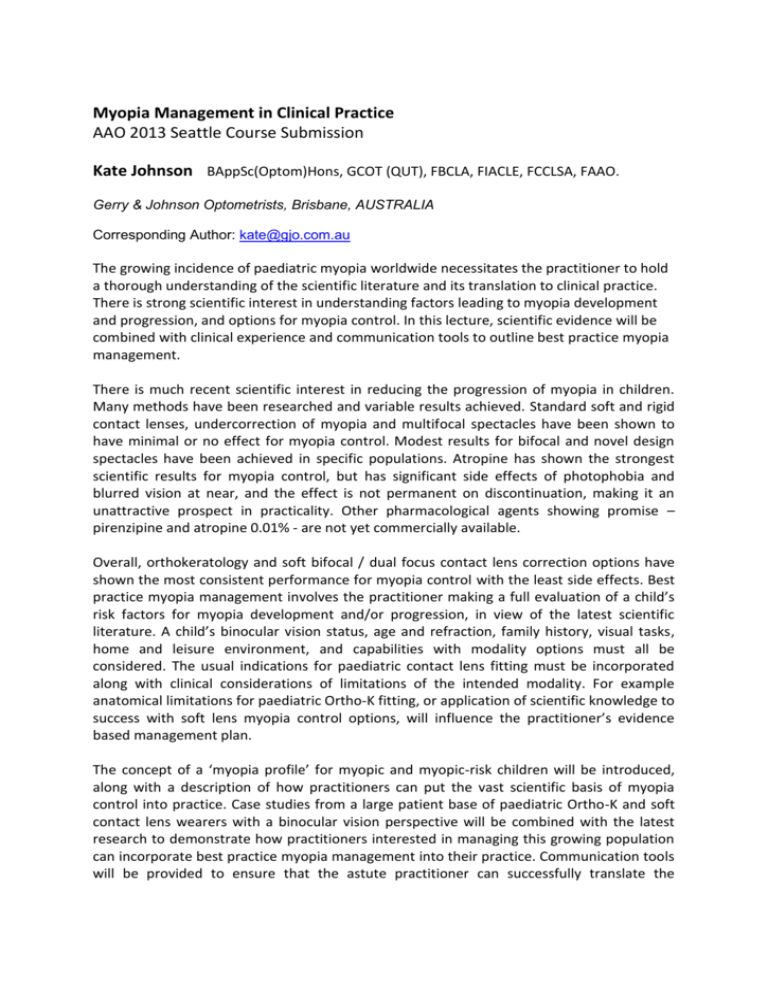
Myopia Management in Clinical Practice AAO 2013 Seattle Course Submission Kate Johnson BAppSc(Optom)Hons, GCOT (QUT), FBCLA, FIACLE, FCCLSA, FAAO. Gerry & Johnson Optometrists, Brisbane, AUSTRALIA Corresponding Author: kate@gjo.com.au The growing incidence of paediatric myopia worldwide necessitates the practitioner to hold a thorough understanding of the scientific literature and its translation to clinical practice. There is strong scientific interest in understanding factors leading to myopia development and progression, and options for myopia control. In this lecture, scientific evidence will be combined with clinical experience and communication tools to outline best practice myopia management. There is much recent scientific interest in reducing the progression of myopia in children. Many methods have been researched and variable results achieved. Standard soft and rigid contact lenses, undercorrection of myopia and multifocal spectacles have been shown to have minimal or no effect for myopia control. Modest results for bifocal and novel design spectacles have been achieved in specific populations. Atropine has shown the strongest scientific results for myopia control, but has significant side effects of photophobia and blurred vision at near, and the effect is not permanent on discontinuation, making it an unattractive prospect in practicality. Other pharmacological agents showing promise – pirenzipine and atropine 0.01% - are not yet commercially available. Overall, orthokeratology and soft bifocal / dual focus contact lens correction options have shown the most consistent performance for myopia control with the least side effects. Best practice myopia management involves the practitioner making a full evaluation of a child’s risk factors for myopia development and/or progression, in view of the latest scientific literature. A child’s binocular vision status, age and refraction, family history, visual tasks, home and leisure environment, and capabilities with modality options must all be considered. The usual indications for paediatric contact lens fitting must be incorporated along with clinical considerations of limitations of the intended modality. For example anatomical limitations for paediatric Ortho-K fitting, or application of scientific knowledge to success with soft lens myopia control options, will influence the practitioner’s evidence based management plan. The concept of a ‘myopia profile’ for myopic and myopic-risk children will be introduced, along with a description of how practitioners can put the vast scientific basis of myopia control into practice. Case studies from a large patient base of paediatric Ortho-K and soft contact lens wearers with a binocular vision perspective will be combined with the latest research to demonstrate how practitioners interested in managing this growing population can incorporate best practice myopia management into their practice. Communication tools will be provided to ensure that the astute practitioner can successfully translate the importance of myopia control to both parents of myopic children and myopic parents keen to actively manage their child’s visual development. Learning objectives: 1. A thorough understanding of the scientific literature on factors leading to myopia development and progression 2. Understanding the scientific evidence and proposed mechanisms behind options for myopia control 3. Consideration of factors influencing myopia control options and choices for the individual paediatric myope 4. Application of clinical and scientific knowledge to patient selection for specific management pathways 5. Determination of an evidence based management plan for paediatric myopia in practice, including communication tools.

